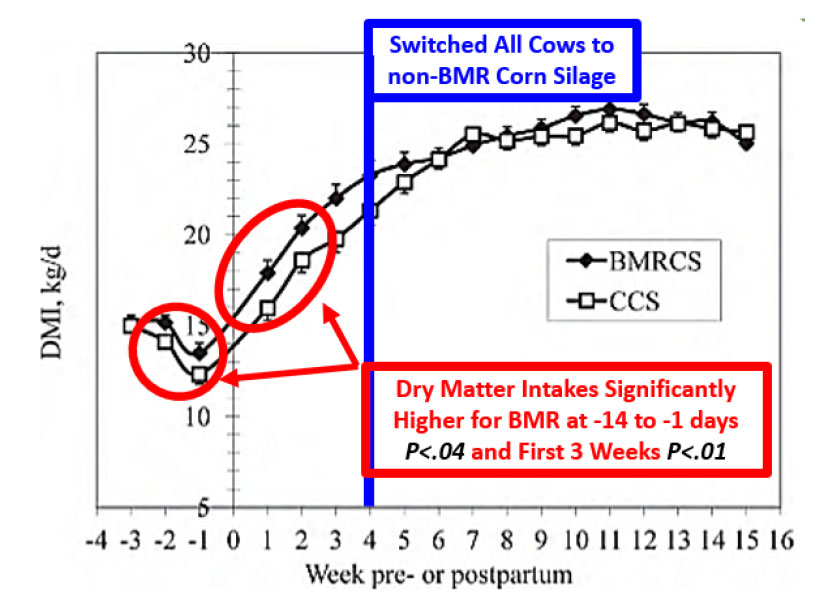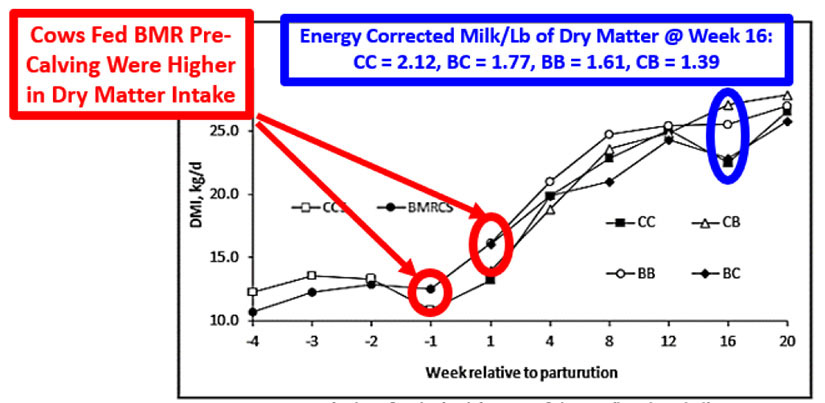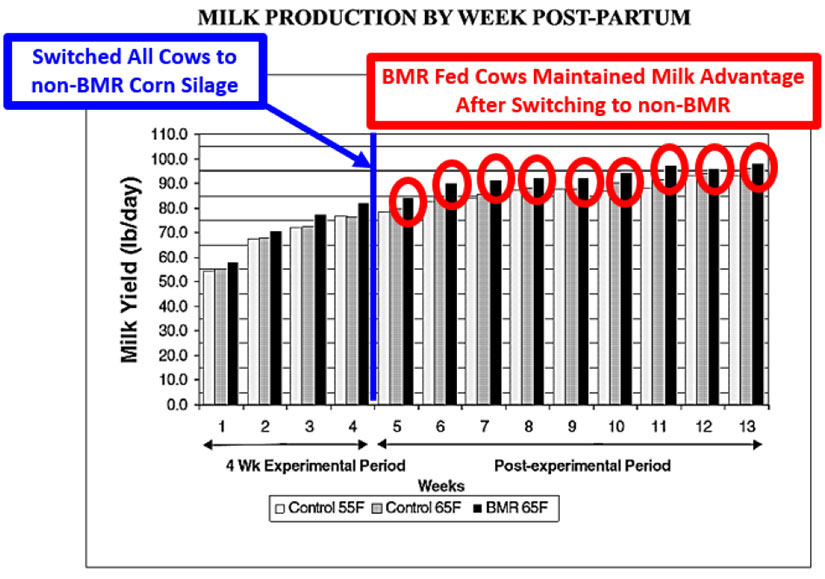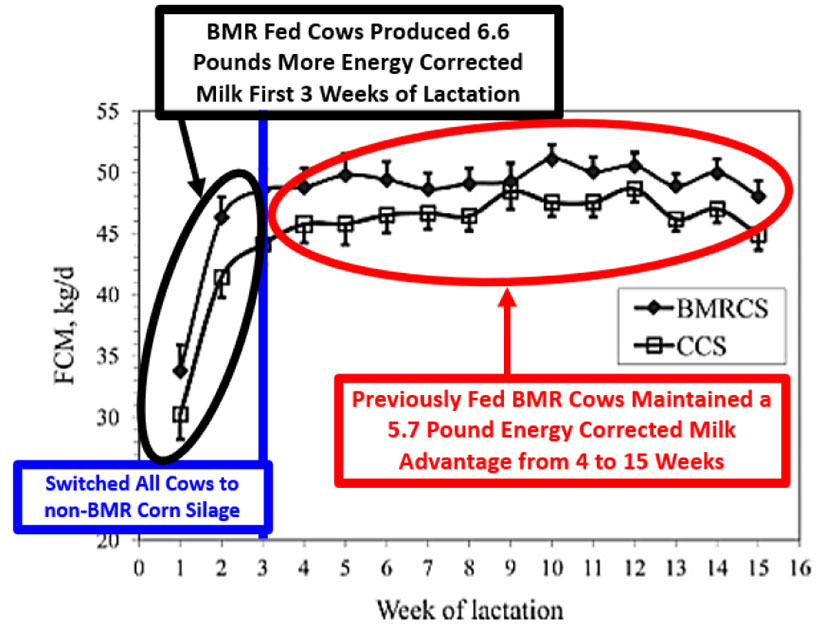Something went wrong. Please try again later...
Key Points
- The concept of planting approximately 20-30% of silage acres to brown midrib (BMR) and 70-80% to standard silage hybrids (depending upon the individual dairy) involves:
- Ability to group cows and segregate/manage BMR in a separate bunker/pile.
- Allocating BMR to transition cows for 3-4 weeks pre-calving.
- Feeding BMR for 4-5 weeks in lactation diets then switching to standard corn silage to maintain dry matter intake (DMI) and milk production without negatively impacting feed efficiency (FE).
- Resulting in less agronomic risk and higher silage yields while maintaining high milk production and FE.

Find the Right Product for Every Acre
From BMR to standard corn silage, our products give you top performance and carry the strong agronomic package you expect.
Find Local Products
Pioneer® brand products are provided subject to the terms and conditions of purchase which are part of the labeling and purchase documents.



